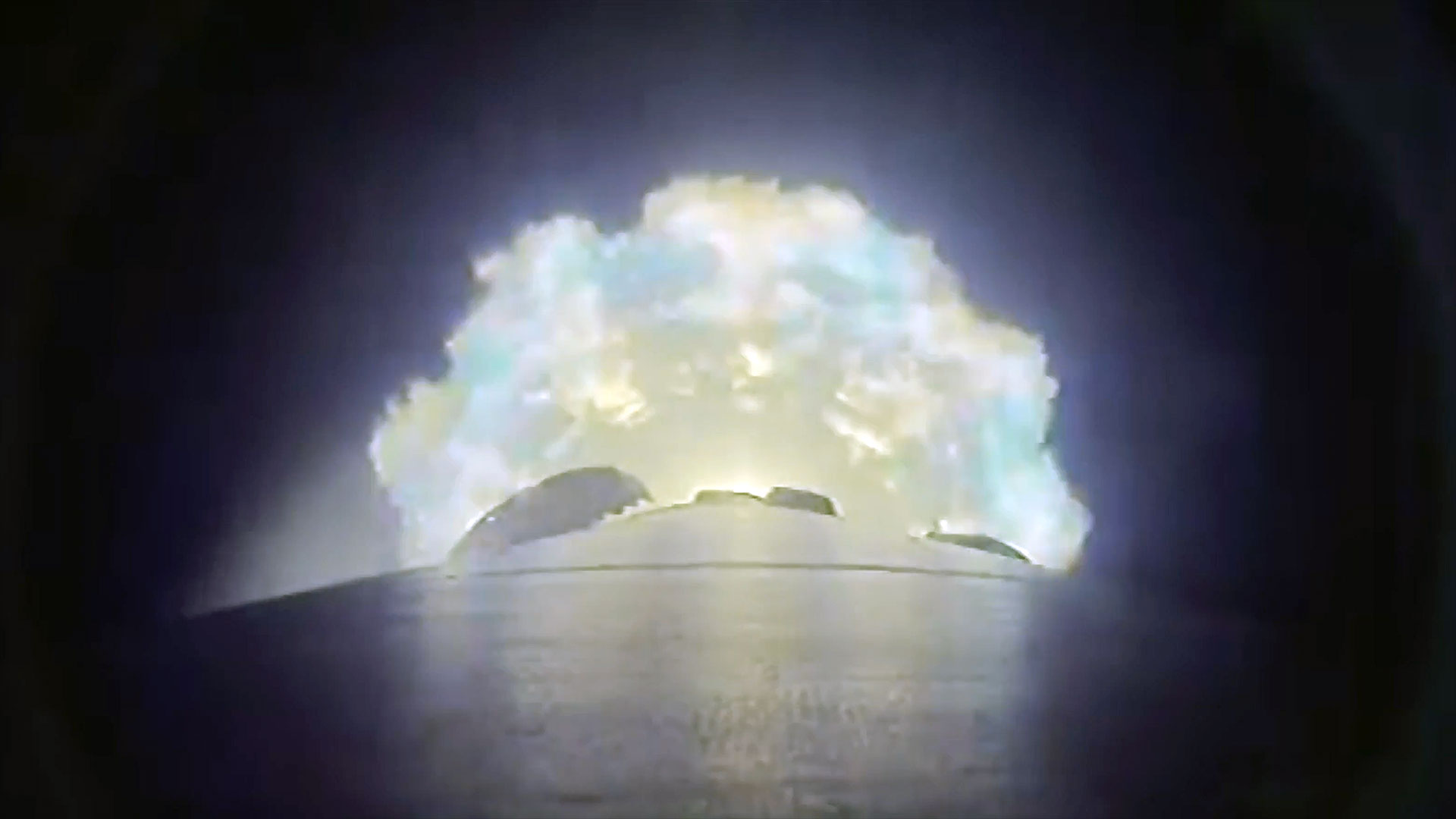NASA Names Flying SOFIA Observatory 'Clipper Lindbergh'

NASA has dedicateda unique flying astronomical observatory to pioneering aviator Charles Lindberghon the 80th anniversary of his historic transatlantic flight.
ErikLindbergh, the pilot's grandson, joined NASA for today?s event, which was heldin Waco, Texas.
NASA's new StratosphericObservatory for Infrared Astronomy (SOFIA) is a highly modified Boeing 747SP?ashorter-fuselage, 1970s-vintage version of the original 747?that carries a45,000-pound infrared telescope system.
Theoriginal operator of the 747SP, Pan American Airways, first christened it ClipperLindbergh in 1977. NASA has revived the name to dedicate the flyingobservatory in Charles Lindbergh?s honor.
The SOFIA aircraft was modified at L-3 Systems in Waco and is wrapping up a series offunctional checkout flights before heading to NASA's Dryden Flight Research Center,Edwards Air Force Base, Calif., for further tests and systems integration.
ErikLindbergh unveiled a plaque commemorating the Clipper Lindberghdedication. "This project is a fantastic blend of a 20th-centurylegacy aircraft and a 21st-century platform for exploration," hesaid.
Intended tofly above 40,000 feet, SOFIA will lift its infrared telescope above nearly 99percent of the Earth's atmospheric water vapor, greatly enhancing the aerialobservatory?s abilities to study the cosmos. Its state-of-the-art telescopewill be able to carry out scientific missions with greater flexibility and easeof upgrade than a satellite-borne observatory.
Breaking space news, the latest updates on rocket launches, skywatching events and more!
The German Aerospace Center is a partner in the SOFIA project, providing the telescope. NASAmodified the aircraft. NASA had L-3 Systems cut a 16-foot-high opening into the747SP?s aft fuselage to permit observations to be made at altitude.
Once itarrives at Dryden, SOFIA will continue flight and systems testing for about twoyears while its observatory system hardware and software are integrated withthe aircraft. The telescope's first images are expected in 2009.
- SPACE.com: NASA?s SOFIA: The Airborne Telescope Prepares to Take Flight
- SPACE.com: SOFIA Will Allow Astronomers to Draw Back the Veil on the Hidden Reaches of Our Own Galaxy

Space.com is the premier source of space exploration, innovation and astronomy news, chronicling (and celebrating) humanity's ongoing expansion across the final frontier. Originally founded in 1999, Space.com is, and always has been, the passion of writers and editors who are space fans and also trained journalists. Our current news team consists of Editor-in-Chief Tariq Malik; Editor Hanneke Weitering, Senior Space Writer Mike Wall; Senior Writer Meghan Bartels; Senior Writer Chelsea Gohd, Senior Writer Tereza Pultarova and Staff Writer Alexander Cox, focusing on e-commerce. Senior Producer Steve Spaleta oversees our space videos, with Diana Whitcroft as our Social Media Editor.
